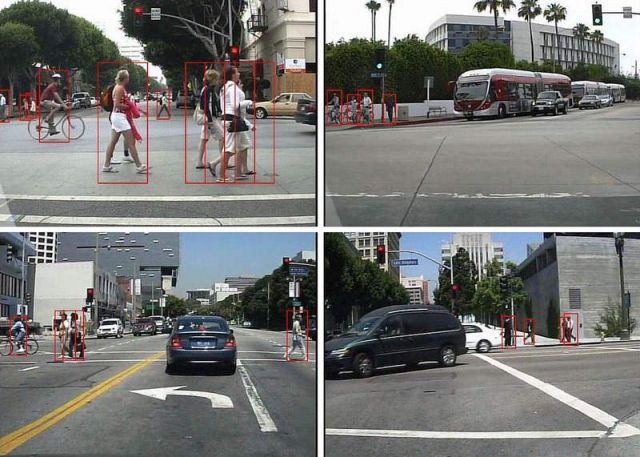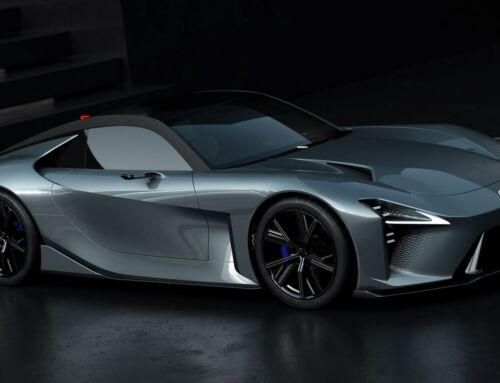Scientists created a new algorithm improving speed and accuracy of pedestrian detection.
A pedestrian detection system developed in the Statistical Visual Computing Lab at UC San Diego, can recognize objects as well as the human brain.
Electrical engineers have taken an important step toward that goal by developing a pedestrian detection system that performs in near real-time (2–4 frames per second) and with higher accuracy (close to half the error) compared to existing systems. The technology, which incorporates deep learning models, could be used in “smart” vehicles, robotics and image and video search systems.
Nuno Vasconcelos, electrical engineering professor at the UC San Diego Jacobs School of Engineering who directed the research, said:
“We’re aiming to build computer vision systems that will help computers better understand the world around them. A big goal is real-time vision, especially for pedestrian detection systems in self-driving cars.”
The new pedestrian detection algorithm developed by Vasconcelos and his team combines a traditional computer vision classification architecture, known as cascade detection, with deep learning models.





Leave A Comment